The tree of life – the enchanting oak of Paavola
Article by Tomi Pohja
Have you ever heard of the word Yggdrasil? If you have read fantasy books, delved into old Scandinavian mythology or maybe seen the movie Avatar, you would have come across references to a large and mysterious “tree of life” in one form or another. Then you may have wondered if those kinds of trees really exist. They do.
? Parking area for the oak of Paavola: Pietiläntie 23, Lohja
Growing in Lohja, the oak of Paavola reaches for the sky, spreading her branches over a large area and taking the spectator to a place known only from fairy tales and fantasies. I have been visiting the oak at least once a year, because I can’t get enough of it. I have lost count of how many times I’ve made the journey to see the fabled tree. This is one of those times.
Estimates say that the ancient oak is over 300 years old. It grows in Lohjansaari Island, about an hour’s drive from the centre of Helsinki. Driving to the island is an experience in itself, and visiting the site where the tree is, only adds to it. Green landscapes follow one another, and time goes fast by.
We turn from Hankoniementie to Lohjansaarentie. After some old railway tracks by the roadside, the road is lined by countless fields and orchards. Then we move on to Jalassaari Island and after that we cross the bridge to Lohjansaari Island. We can feel that we’re getting close to the oak of Paavola.

Along the way to the island we have been transported to another world. The sounds of traffic or the city don’t carry here. Instead, the air is filled with the song of at least half a dozen different birds. At this time of the year, the symphony of natural sounds is almost overwhelming.
Soon after crossing the bridge to Lohjansaari, we see the first signs pointing to the oak of Paavola. There’s a nature trail of about 1 kilometre leading from the parking area to the oak. Some might mistake a huge oak growing by the parking area for the oak of Paavola, but that’s not “The” oak. The one and only oak of Paavola is growing deeper in the forest.
Parking is free, and so far there has been room for cars every time I have visited the oak. This time I can see few other cars as well.
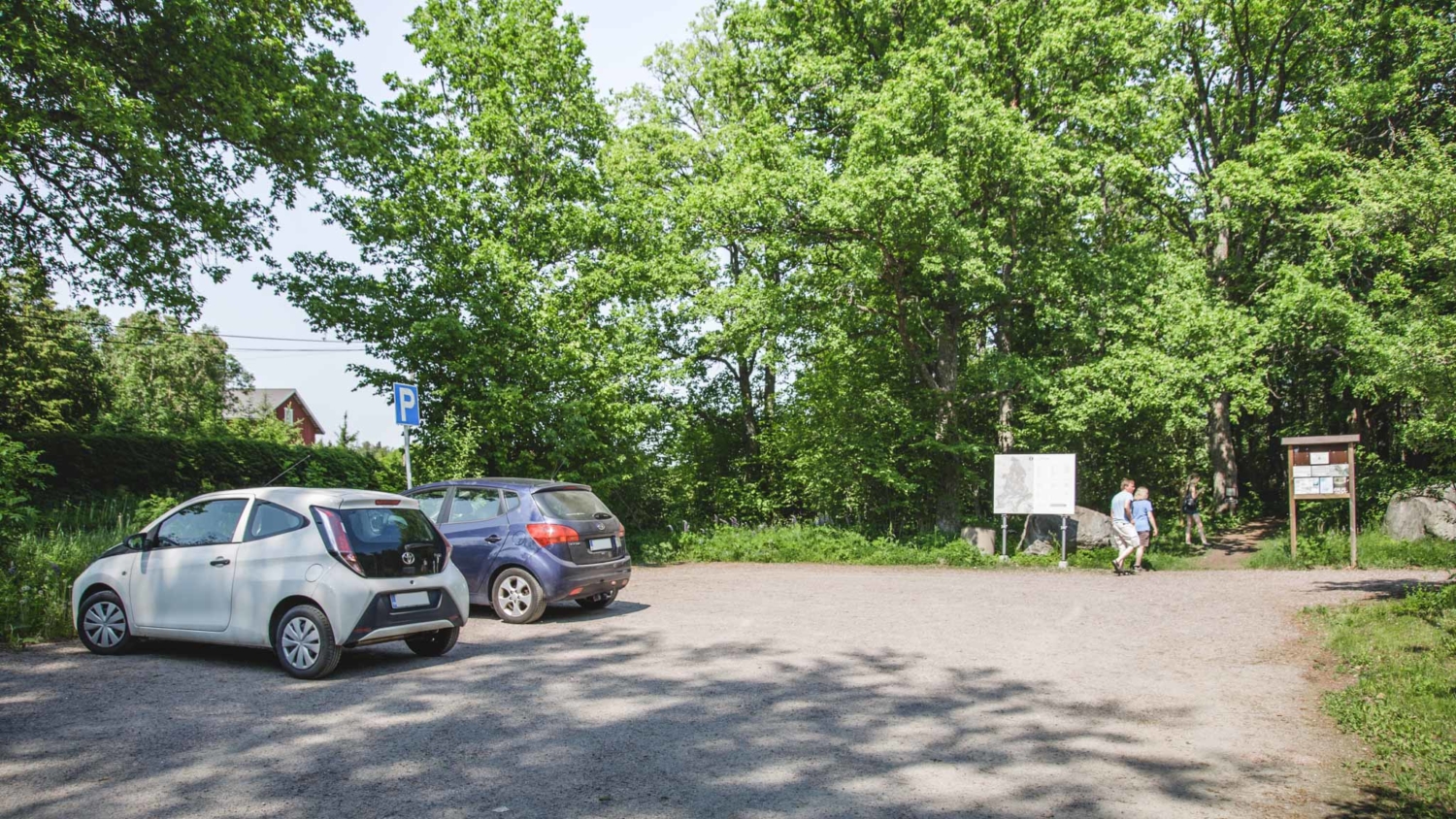
On the other side of the parking area, there is an old school of Lohjansaari. It was founded in 1898, and the last classes were held in 2014. In 2018, a café called Ö Cafe was established on the premises. Currently, it’s open on weekends and during the summer. During our visit, however, the café was closed.
If you are planning to come here for a coffee, please check for the opening hours. Please also note that the schoolyard is private property, so if you have no business there, don’t trespass.
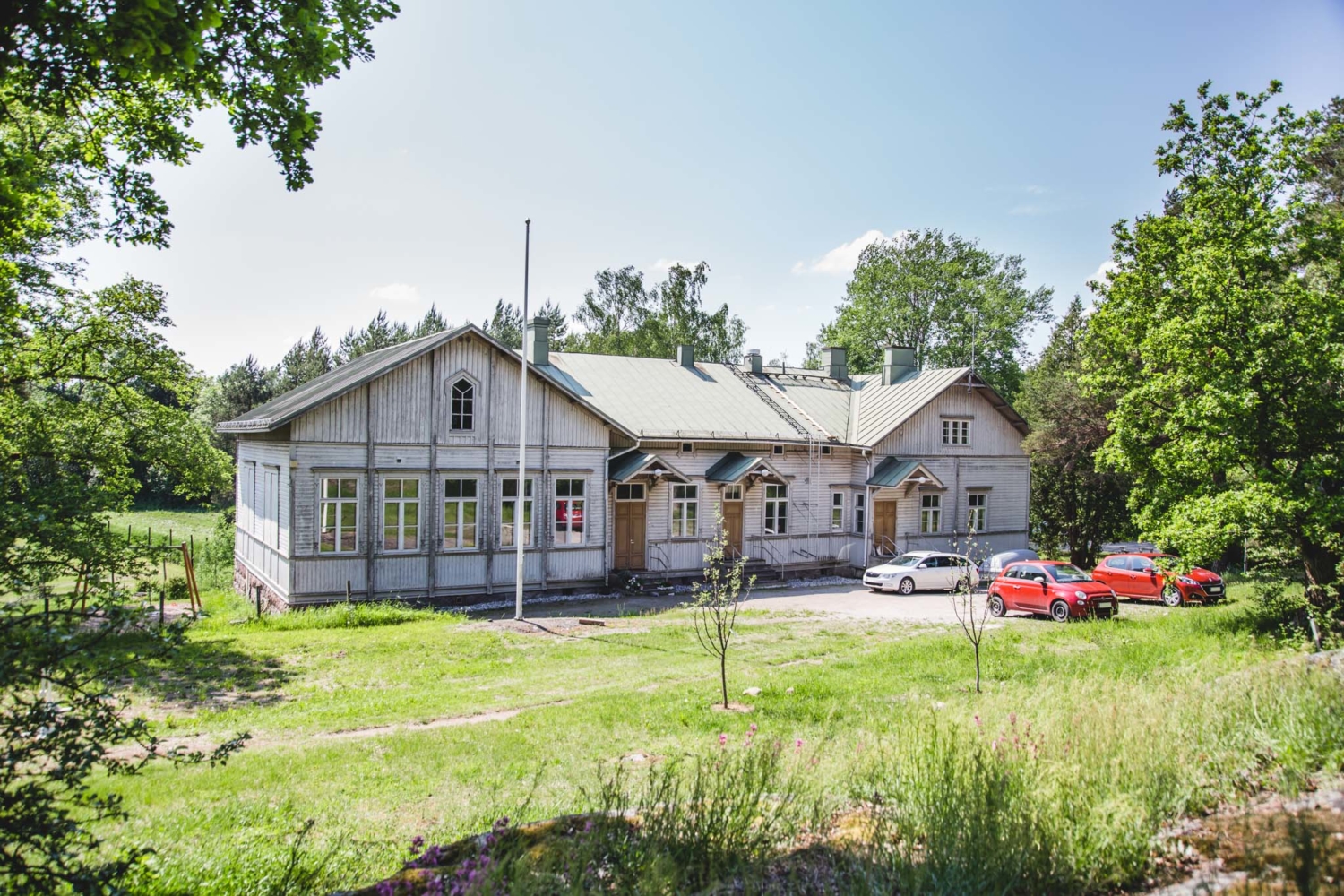
The nature trail starting from the parking area goes up to the cliff in front of the school. Already during the first few metres, you get a glimpse of the diverse vegetation that exists on the island. Smaller oaks are also growing in intervals along the path.
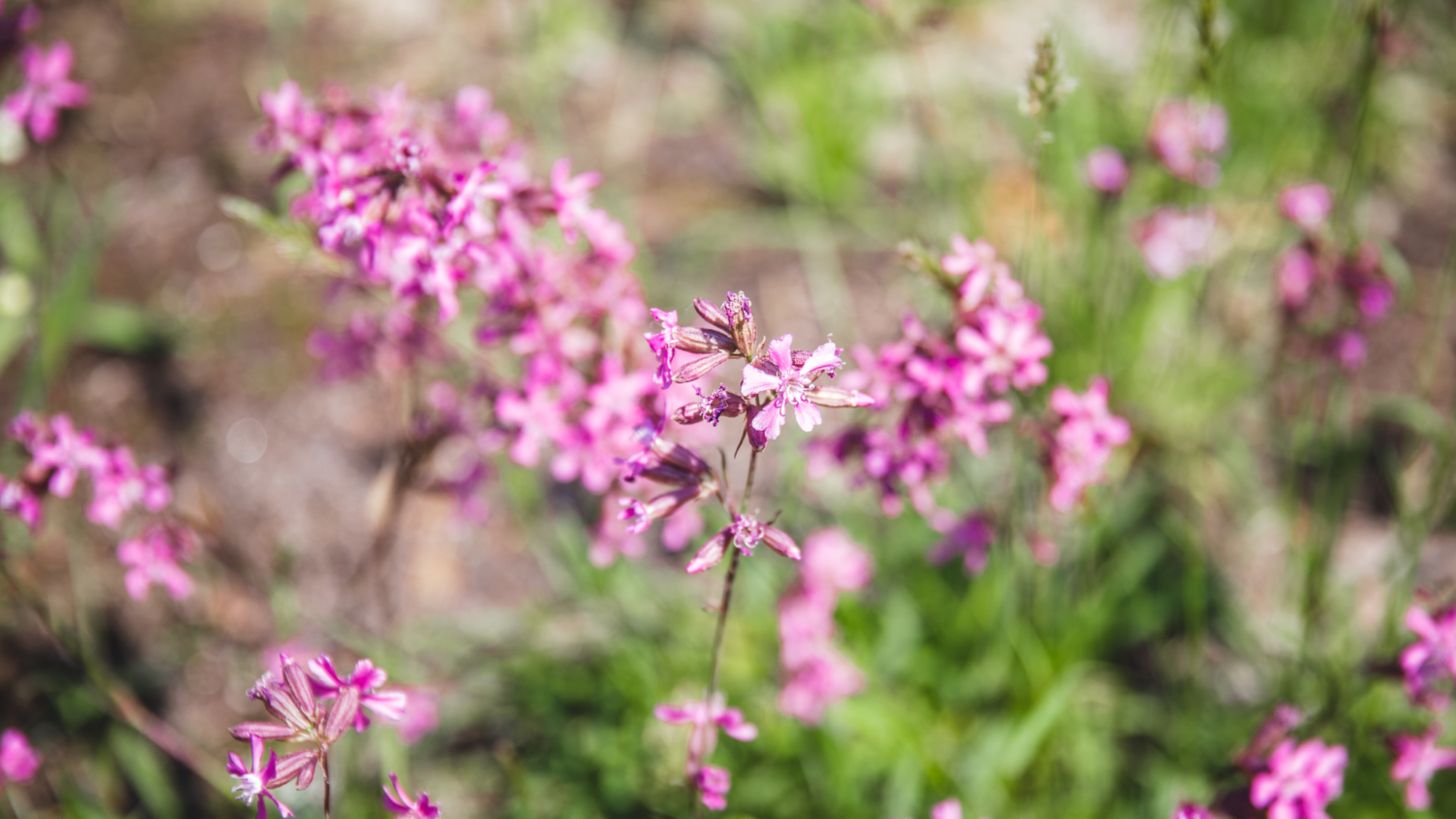
After the cliff, the path goes deeper into the deciduous forest, giving us some relief from the heat of a sunny day. Oaks, linden (lime) trees and hazels surround us when we walk on the path, having no worry of getting lost off the trail.
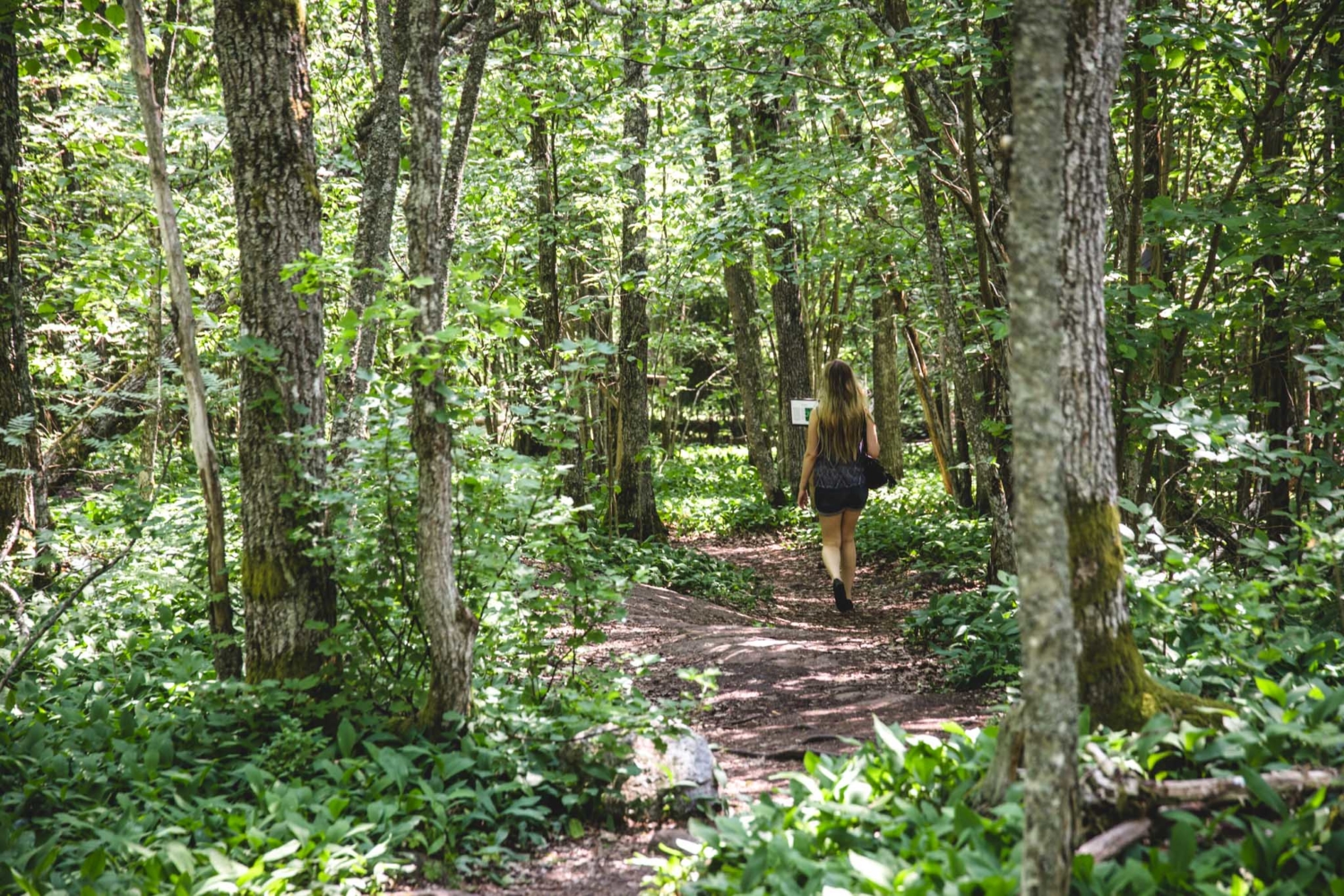
There are also 15 information boards along the trail with facts on the flora and nature of the region. If you take plenty of time to stop on each checkpoint, you’ll get the most of it. Unfortunately, the information is provided in Finnish only.
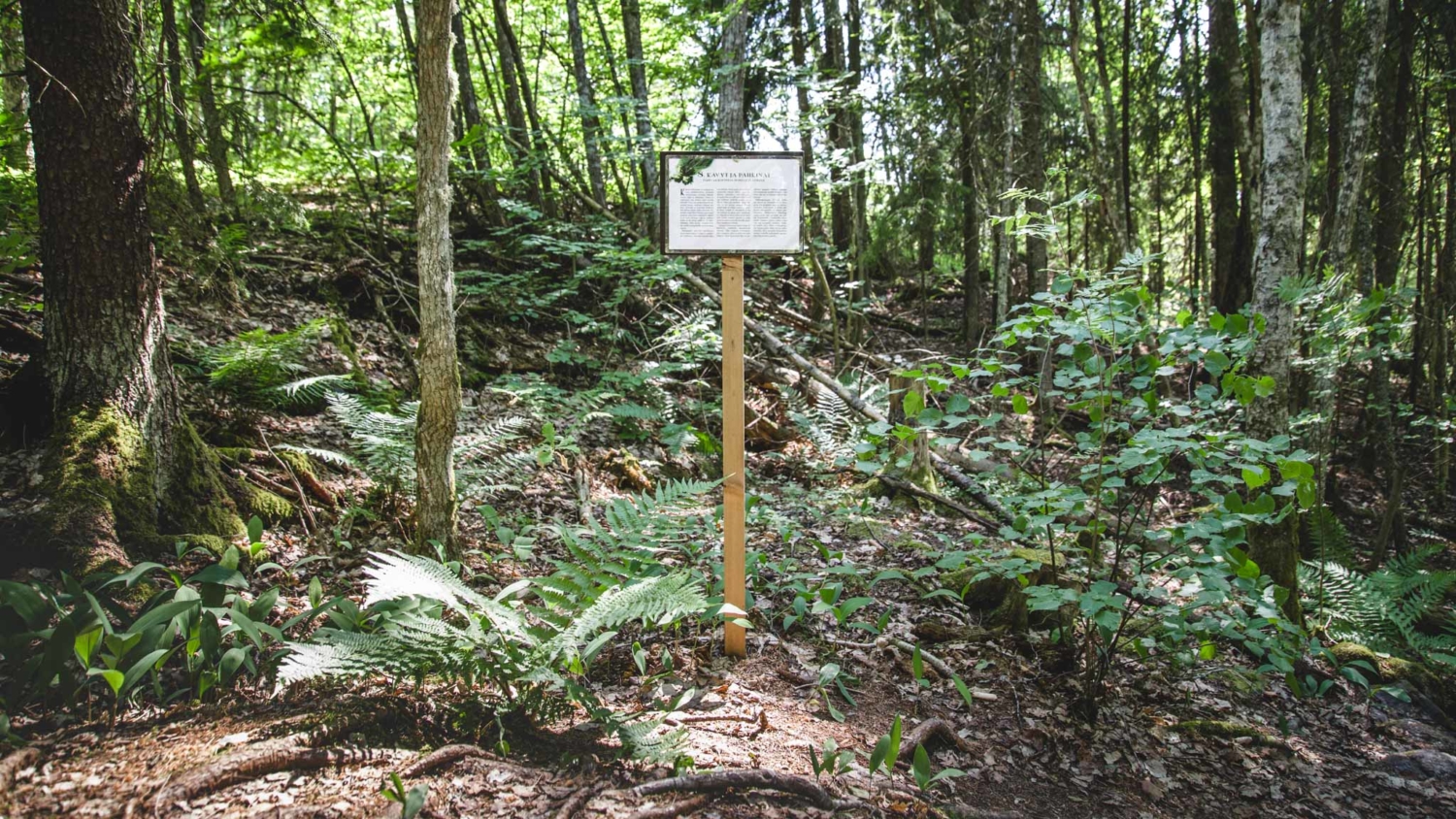
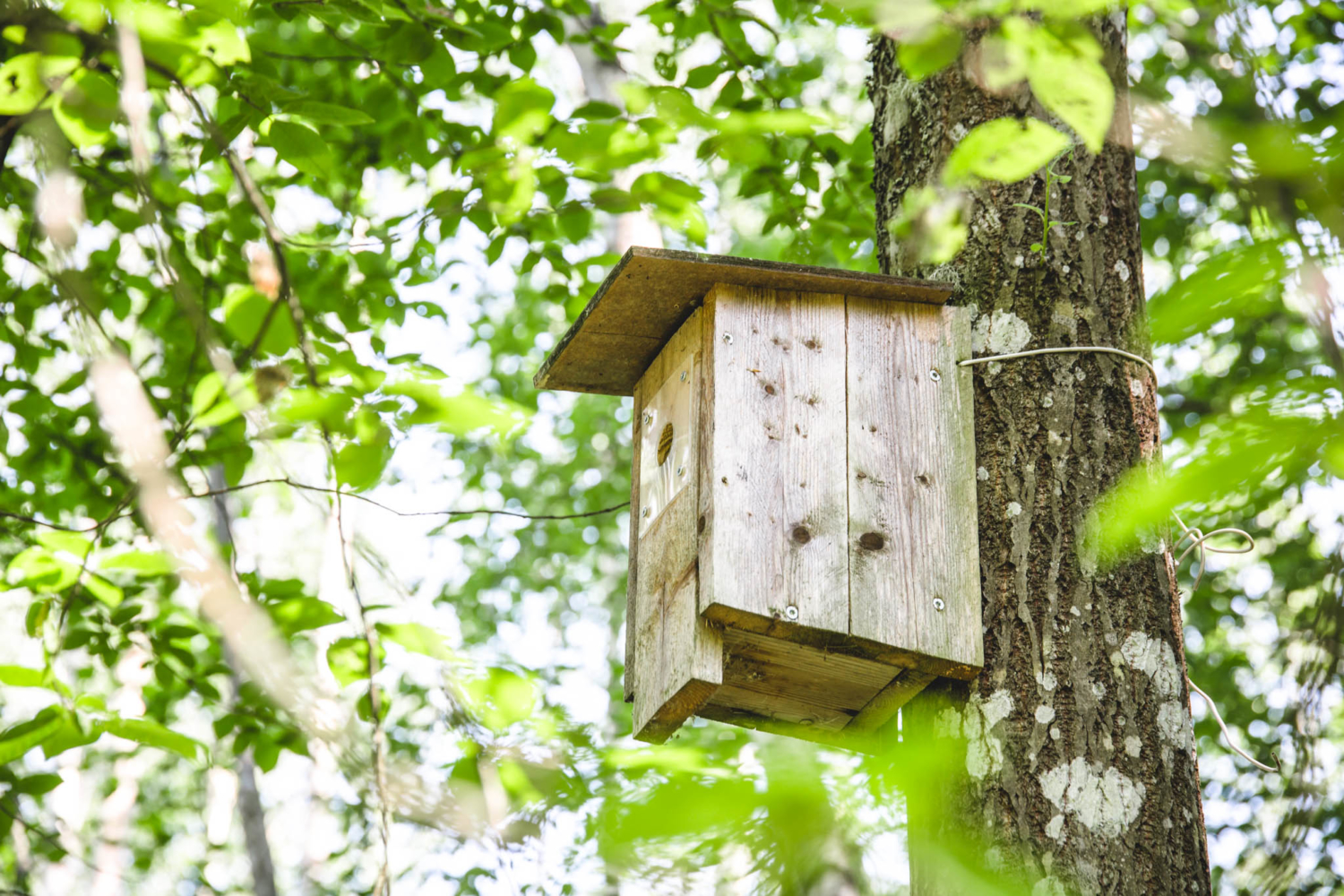
A little before the oak of Paavola, the trail turns into a wooden causeway. This is one of my favourite legs along the trail, since I’ve always found wooden causeways somehow intriguing. I feel like rolling on without effort.
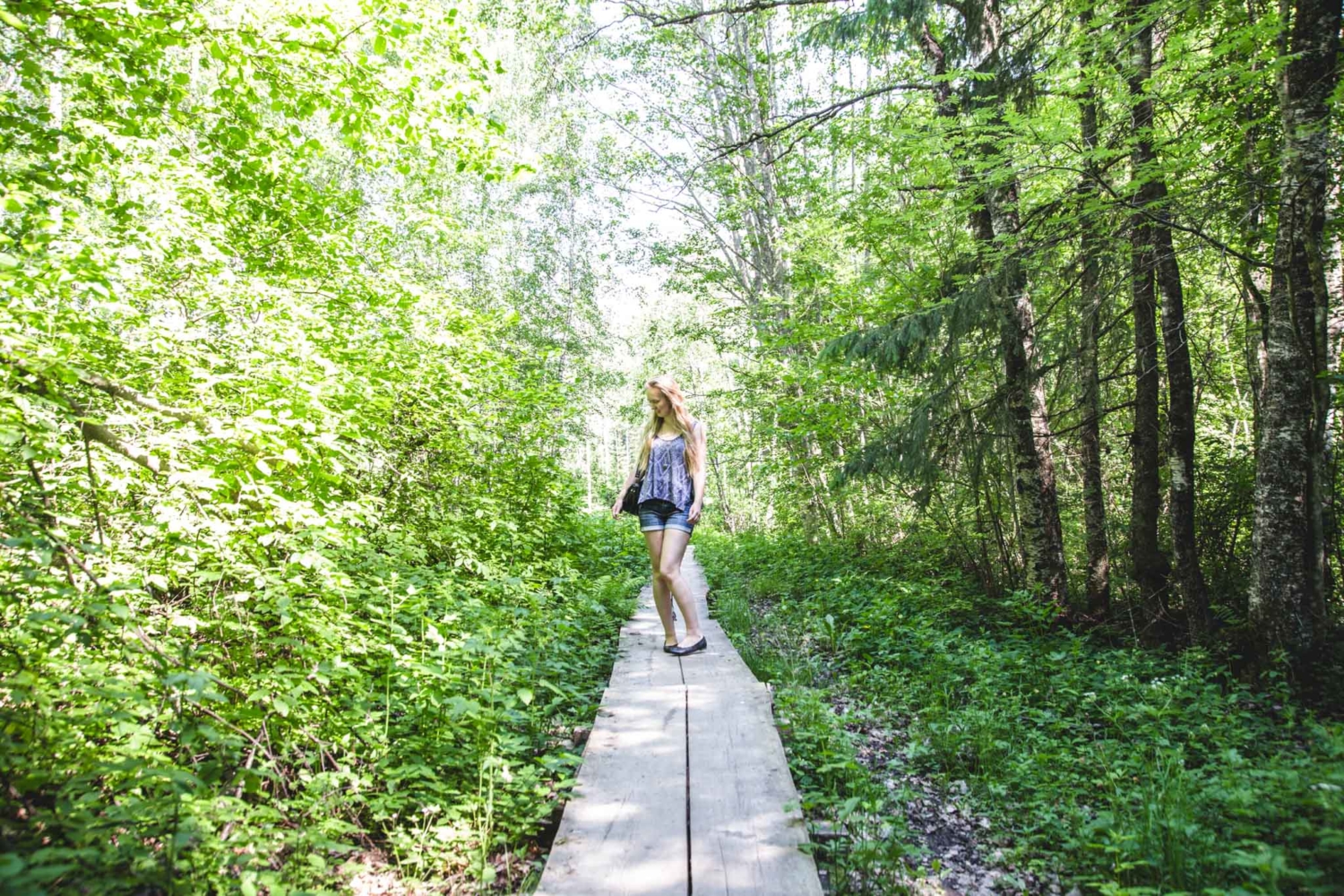
On the left, the dense grove of oaks, lindens and hazels gives way to birch trees for a while. This place is at its best in the summer, when the shades of green mix with white, providing a simple but beautiful colour palette.
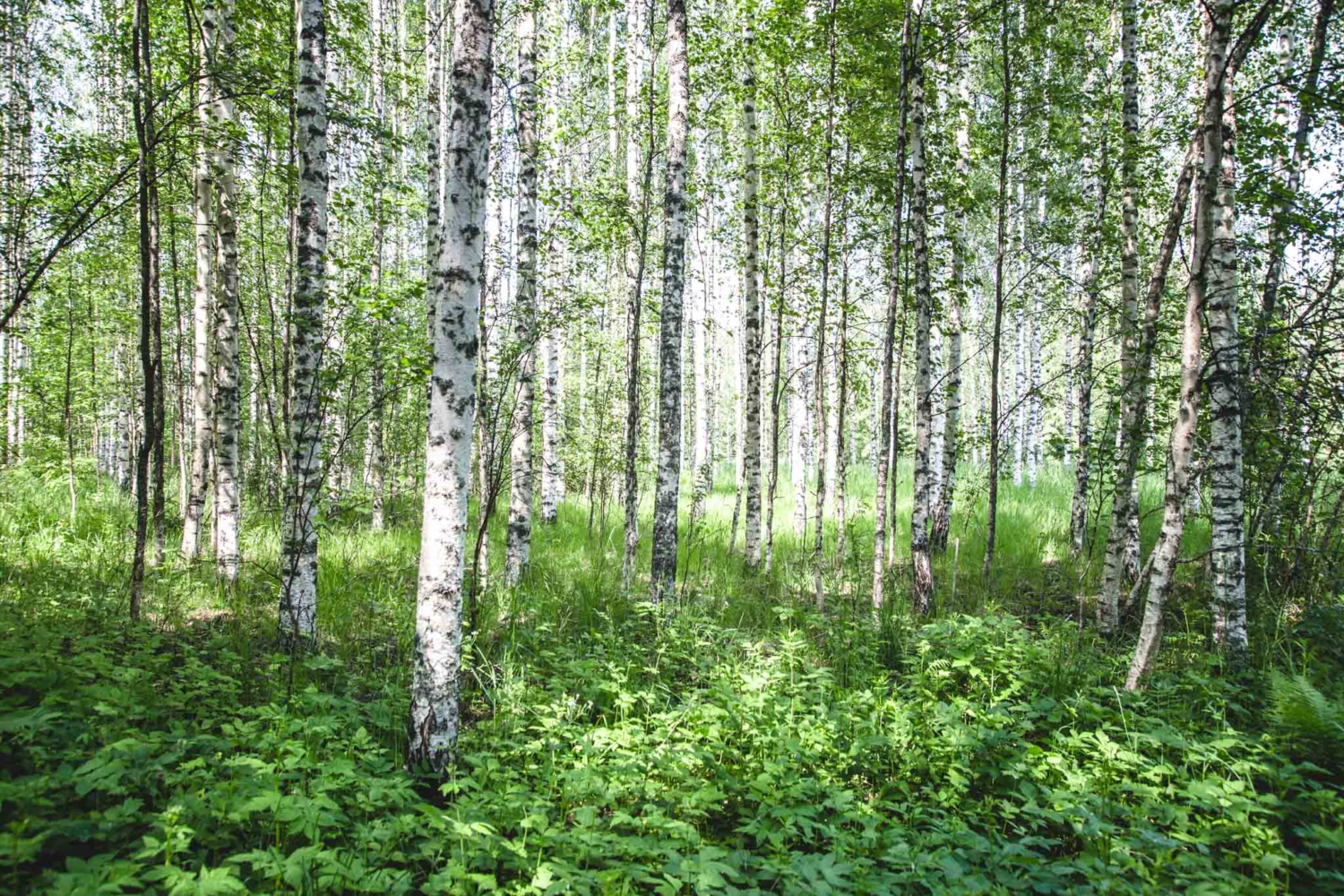
Eventually, the causeway ends and the path splits in two branches. One of them leads to the oak of Paavola, and the other to the last leg of the nature trail. We are obviously taking the one to the oak.
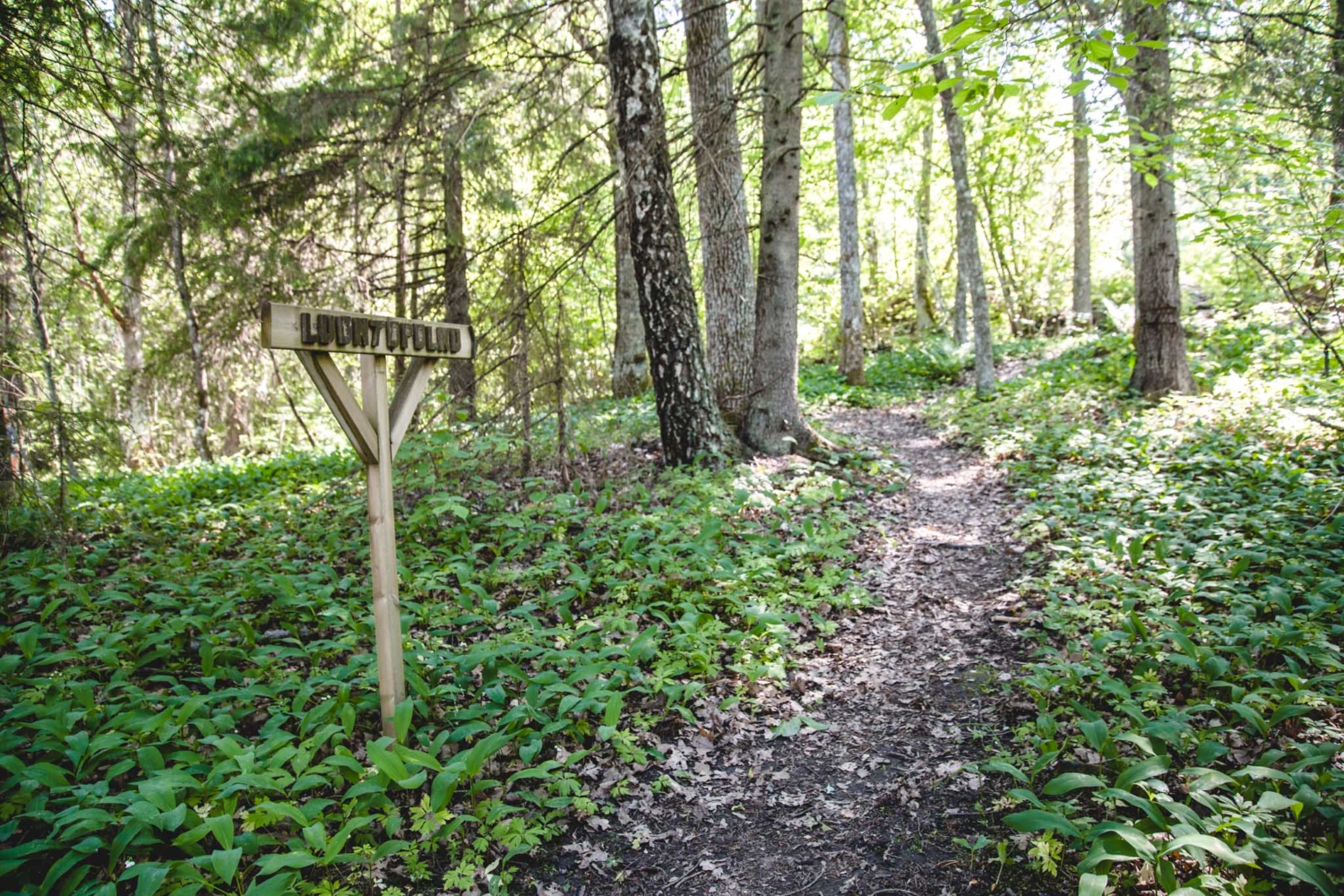
When the deciduous forest finally gives way entirely to spruces, we know that we are close to our destination. A little while ago, we saw lilies of the valley and ferns, but there is also a lot of wood horsetail (Equisetum sylvaticum) around the oak. We haven’t even noticed that we are walking faster now. The oak is clearly pulling us towards it.
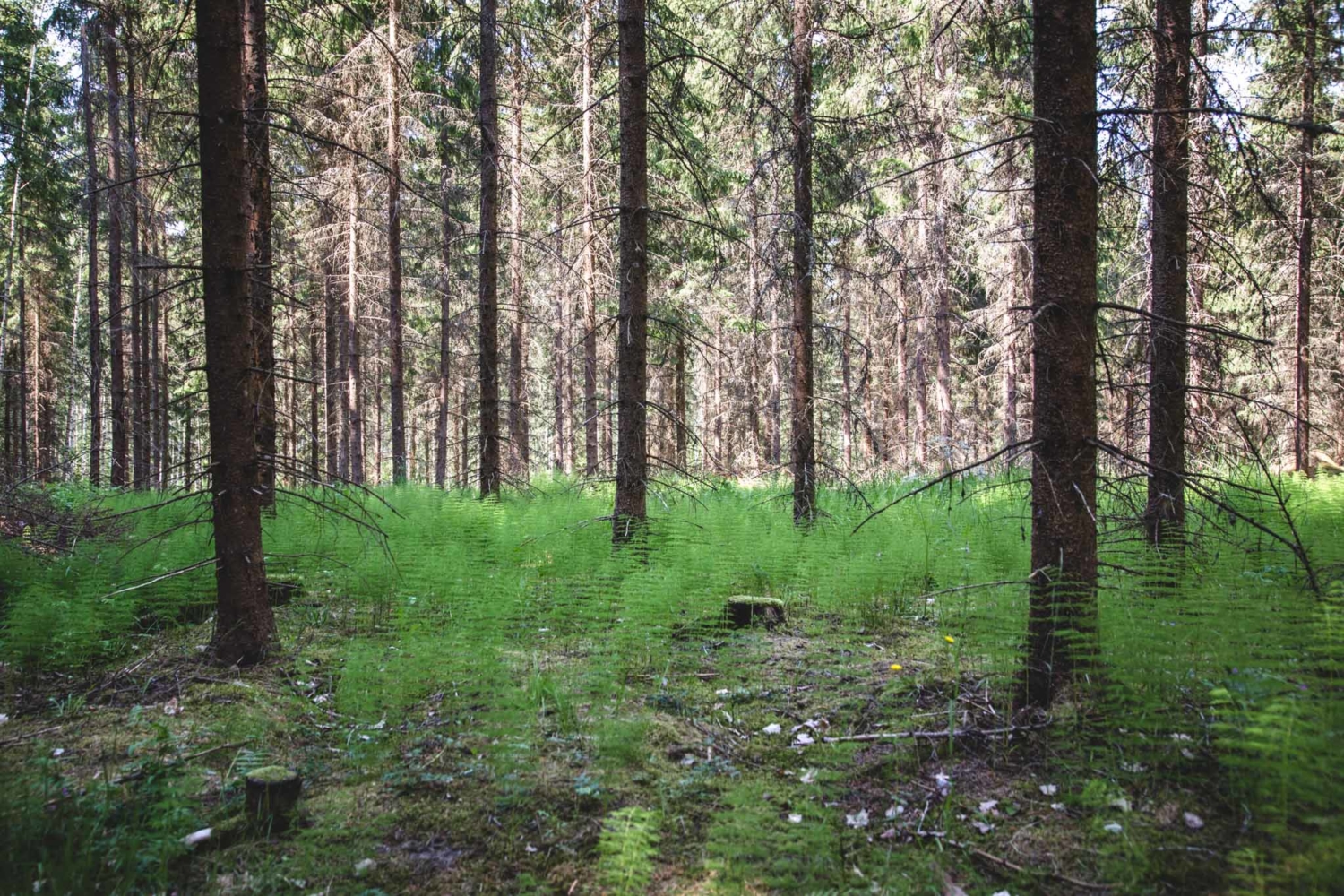
I clearly remember how I felt when I first saw the oak of Paavola. At first, I couldn’t believe that it was true. Then, I acknowledged that the tree was actually there and started measuring the height, breadth and girth of it with my eyes. Still, everything about the tree defied belief. Finally, I was so mesmerized by it that I didn’t want to leave its presence at all.
If I remember correctly, this is the sixth time already I’ve been here. However, I still feel the same as on the first time. Standing in the middle of a clearing, on top of a mound, the oak is one of the most beautiful trees I have ever seen.
The oak has been so popular that to protect its delicate trunk, roots and other vegetation beneath it, causeways and a fence has been built. According to some estimates, the oak of Paavola is over 300 years old. Some oaks can live up to a thousand years when they are left alone. This tree is protected by law as a natural monument. Moving on the area is restricted, and climbing the tree is strictly forbidden. You must also stay on the paths. Littering and firemaking is also prohibited.
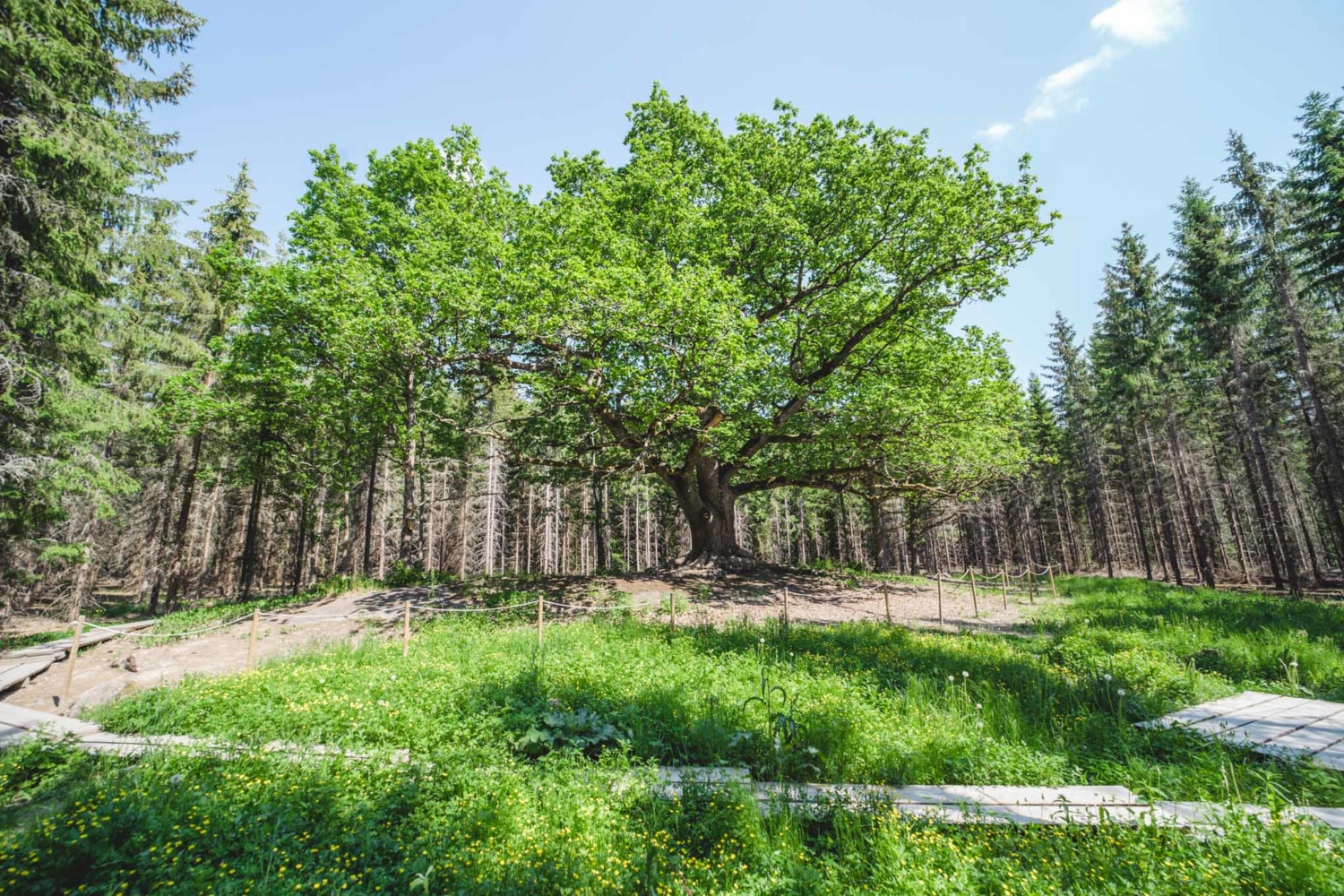
The oak of Paavola is so huge that it seems to defy laws of nature. Its limbs reach as far as 10 metres from the main trunk, and its height is about 12 metres. One of the most prominent features is its girth: almost 5 metres. The roots of the tree are in many places visible above ground. By the looks of it, the tree must have been a place of worship during the centuries. However, it’s only a speculation.
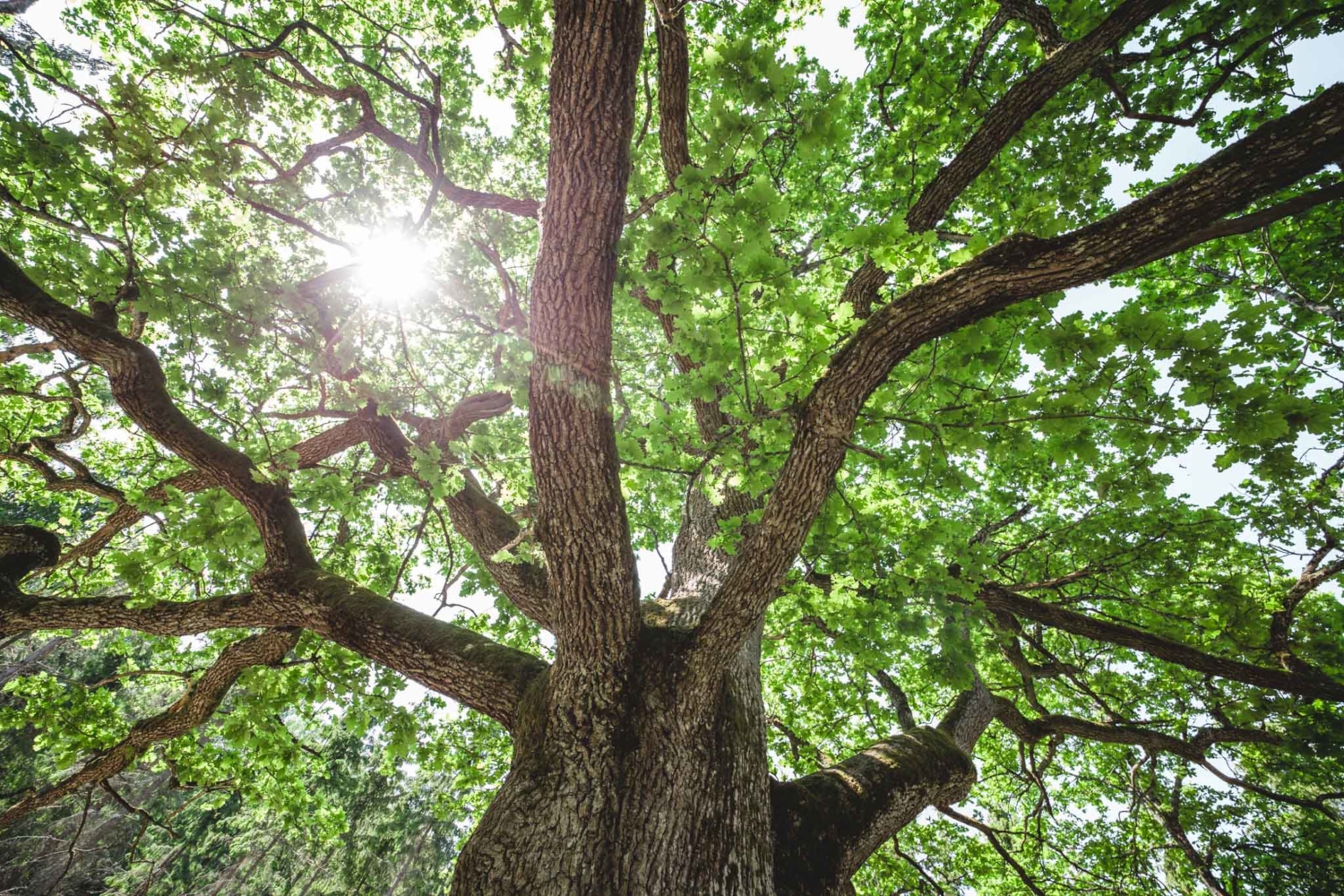
We spend a while in its splendour. Then, it’s time to get back to the crossroads of the nature trail. The oak has nourished our hearts and minds.
After the crossroads, the trail continues as beautiful as before. We slow down to enjoy the atmosphere and wildlife as long as possible.
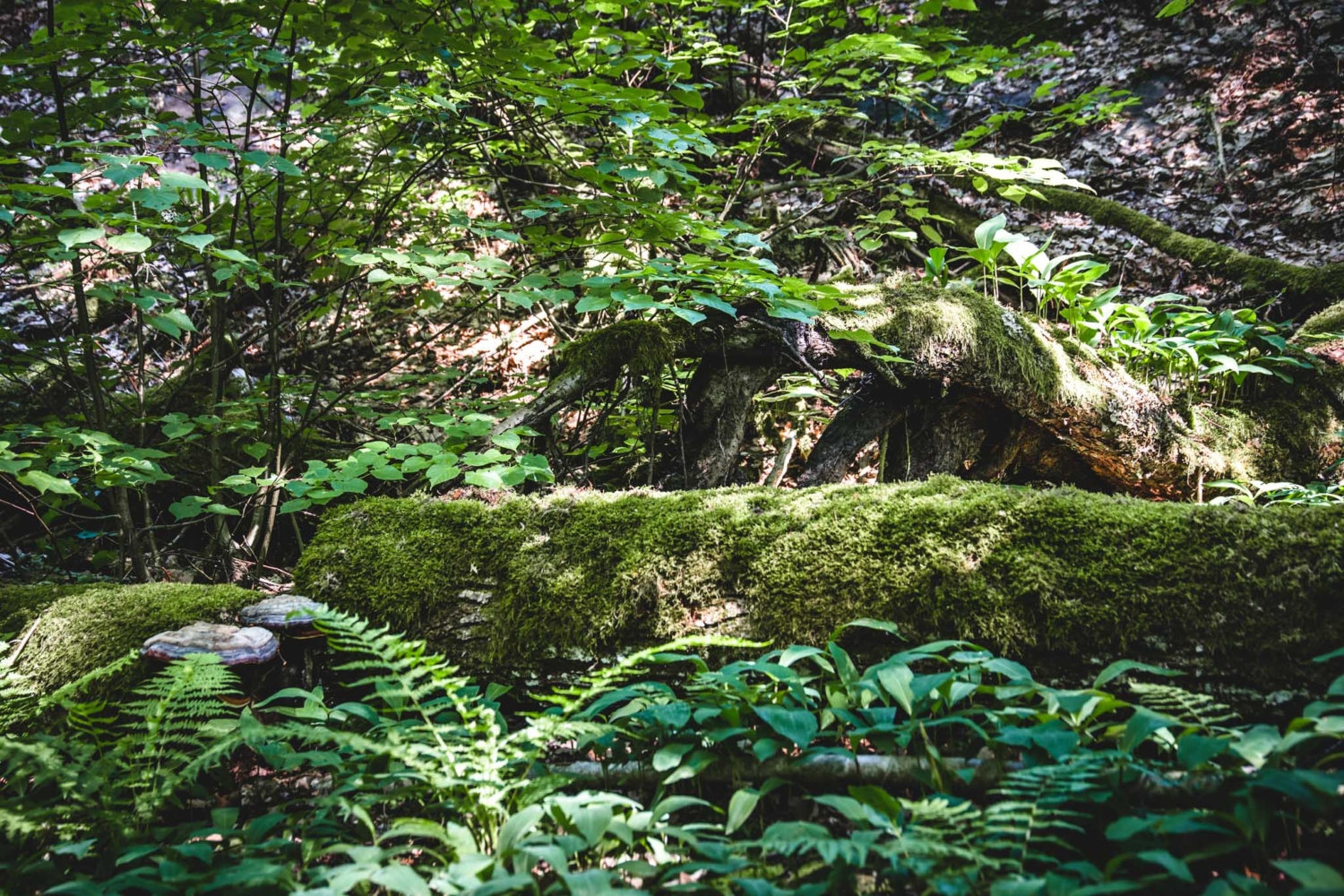
The scenery changes completely after a few hundred metres. Here is the fruit orchard Fruticetum. The path turns to the right, running alongside the orchard fence for a while until it goes back into the forest. In addition to the birdsong and fantastic flora, the smells feel almost tangible. Air here feels really clean.
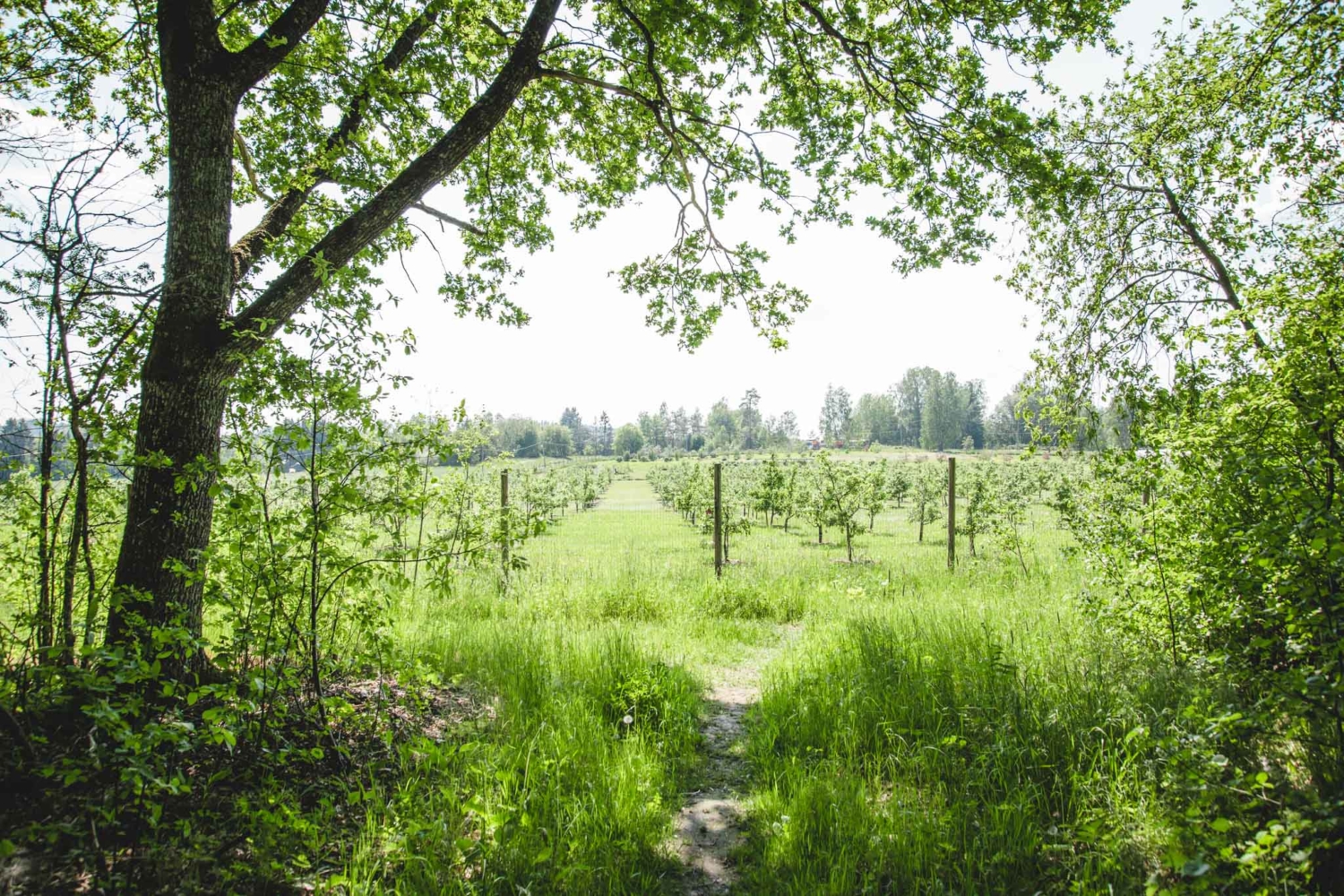
Before we get back to the parking area, we spot a dead old oak – impressive as well.
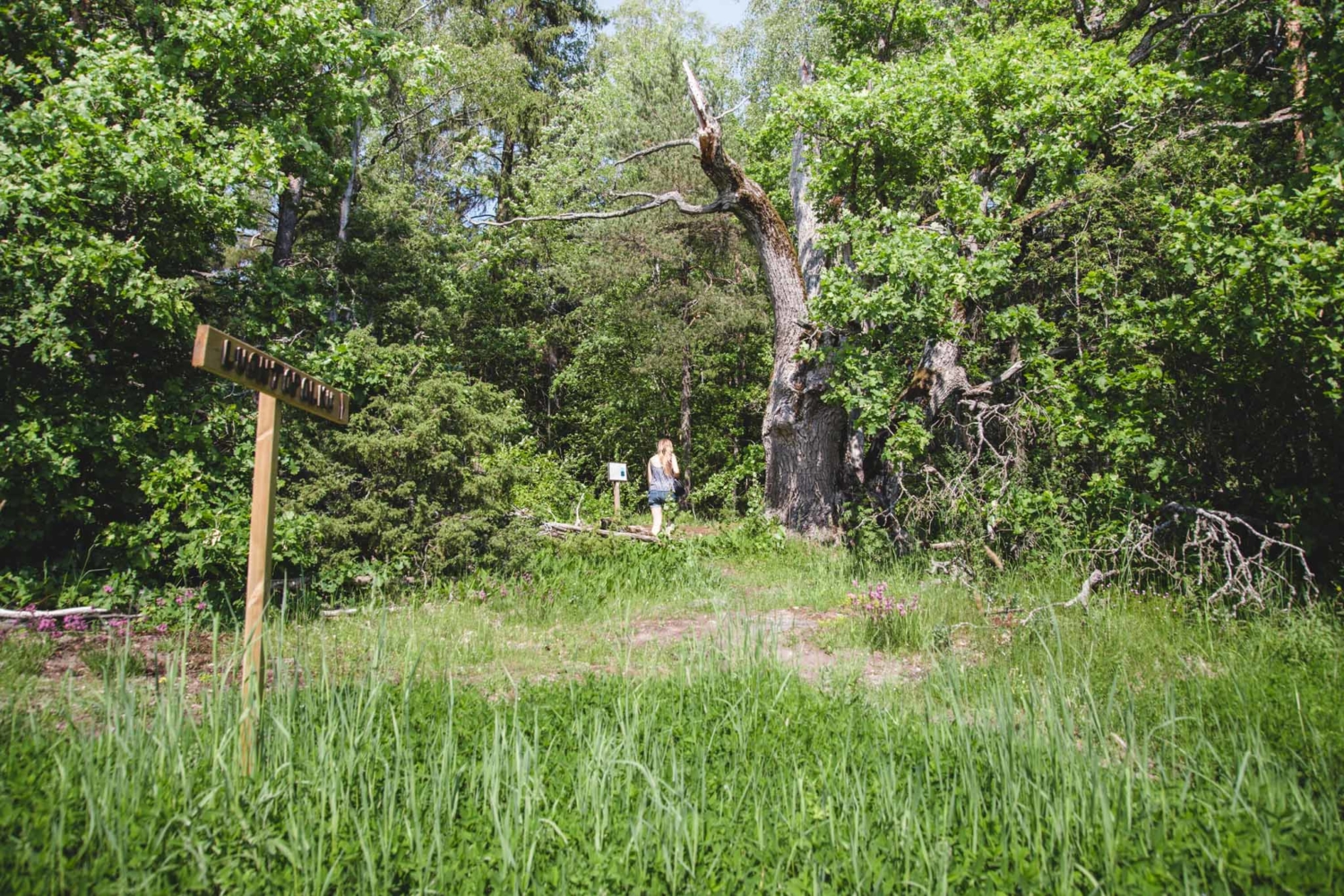
Instead of getting back home, we head to the beach. We have packed our swimsuits and some lunch with us. The heat of the day and almost cloudless sky demand a dip into the clear waters of Lake Lohjanjärvi.
We turn right from the parking area, which is the opposite direction where we came from. The signs by the roadside tell us that it’s about 2 kilometres to the beach. After a while, we see another sign saying that there’s only 1 kilometre left. Eventually, the road ends on an iron bar and to a small, unmarked parking area. We leave our car in the shade of the trees and continue on foot down the gravel road towards the beach. There are also few other swimmers enjoying the hot summer day.
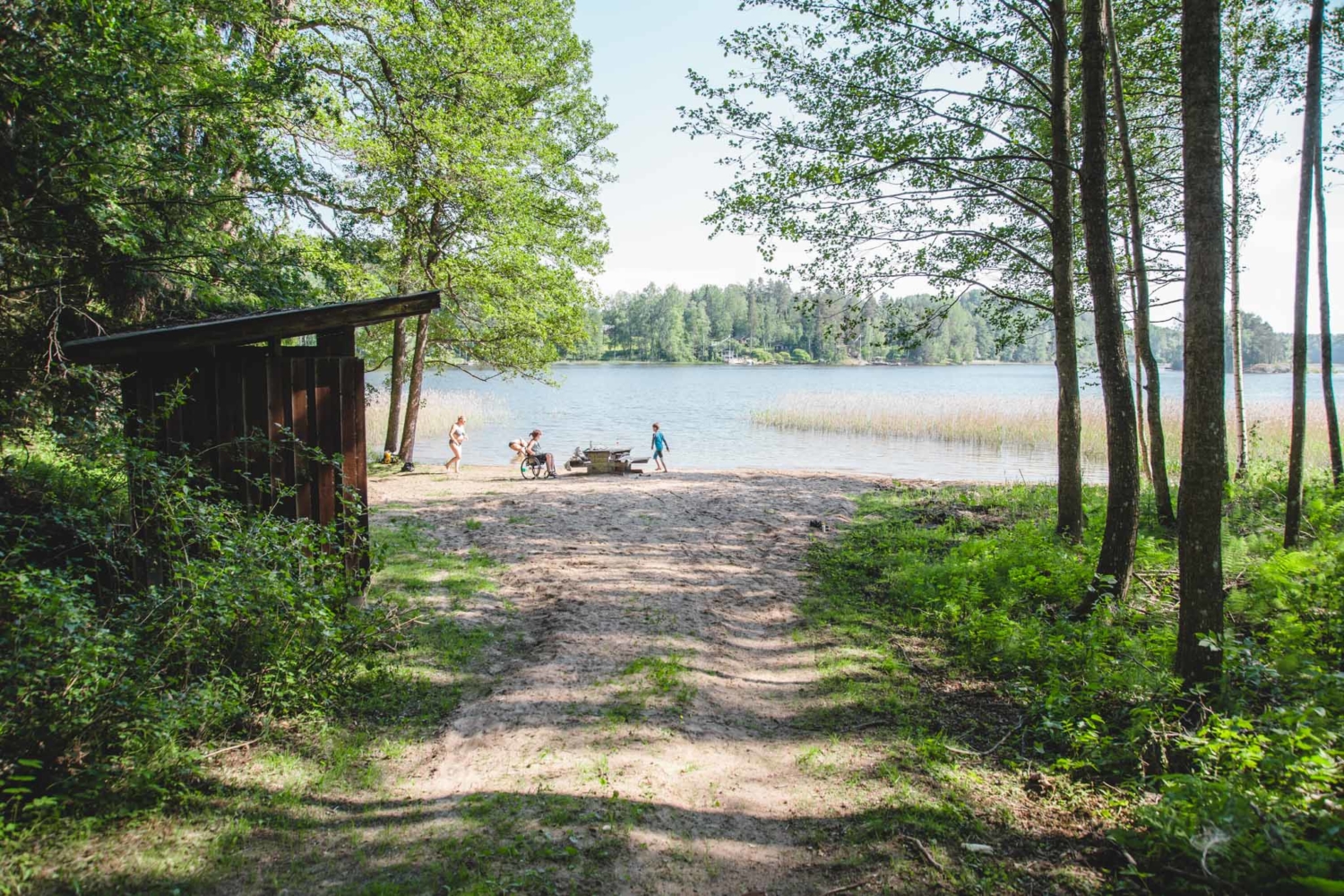
Dipping into the lake in water which is nice and warm, crowns the day already filled with experiences. Fording on the sandy bottom was nice, and swimming was easy. There is also an outdoor toilet and information board on the beach. On the board, you can see how clean the water is and when the water samples were taken.
We packed up our things and headed home. Any trip to Lohjansaari Island is different each time, but always as rewarding. The oak of Paavola is an exceptionally beautiful tree with enormous presence in itself, but the total experience with the lake scenery and nature trail is always more than the sum of its parts.
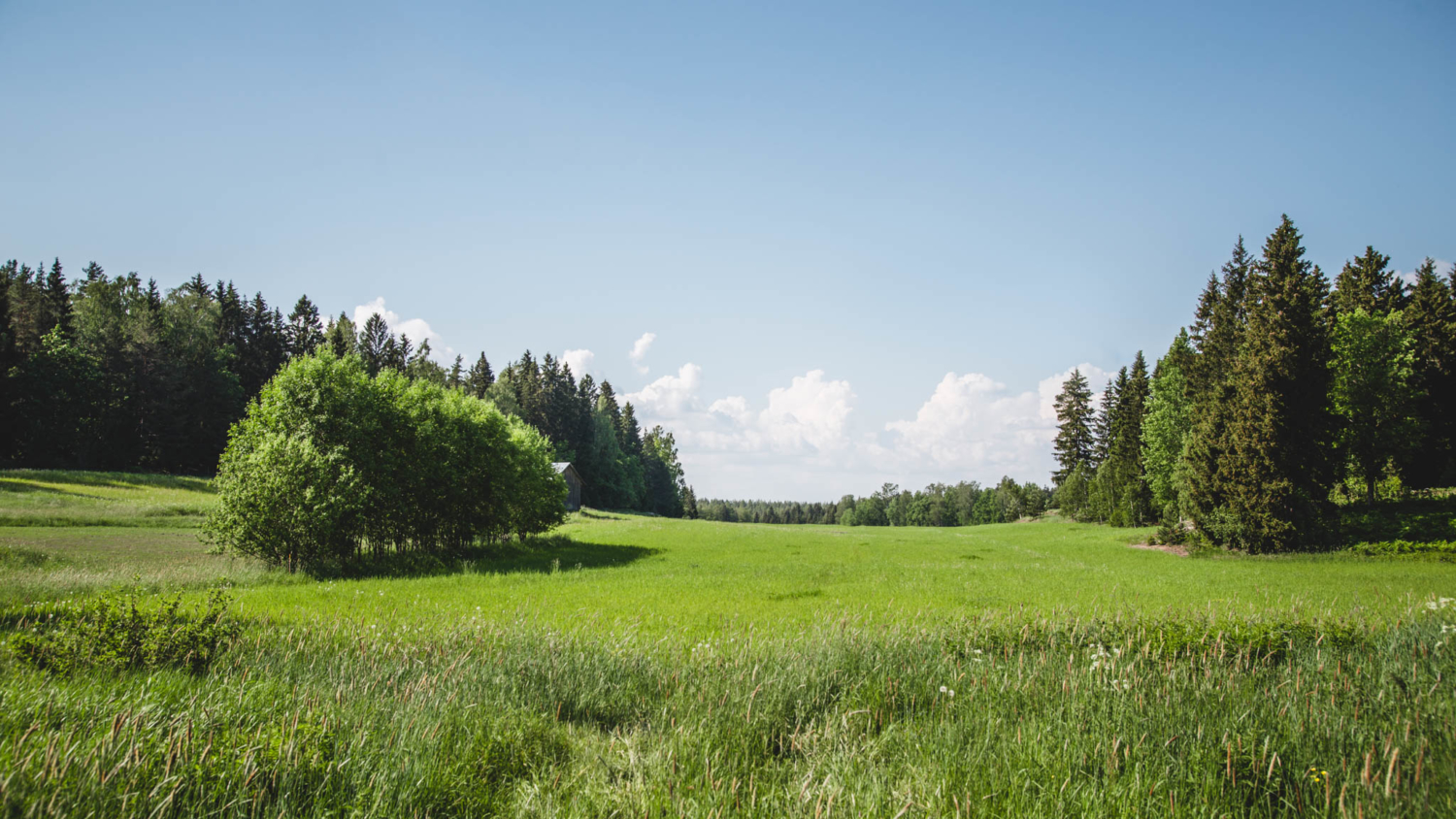
In addition to the oak, there’s a lot more to see and visit, like the café Ö Cafe, the apple wine farm Alitalon omenaviinitila, the old estate of Martinpiha and the antiquities and green room Antiikki ja viherhuone Elegans. This makes sure that when you’re planning for a trip to the oak of Paavola, you can see much more!
Translation from Finnish: Mikko Lemmetti

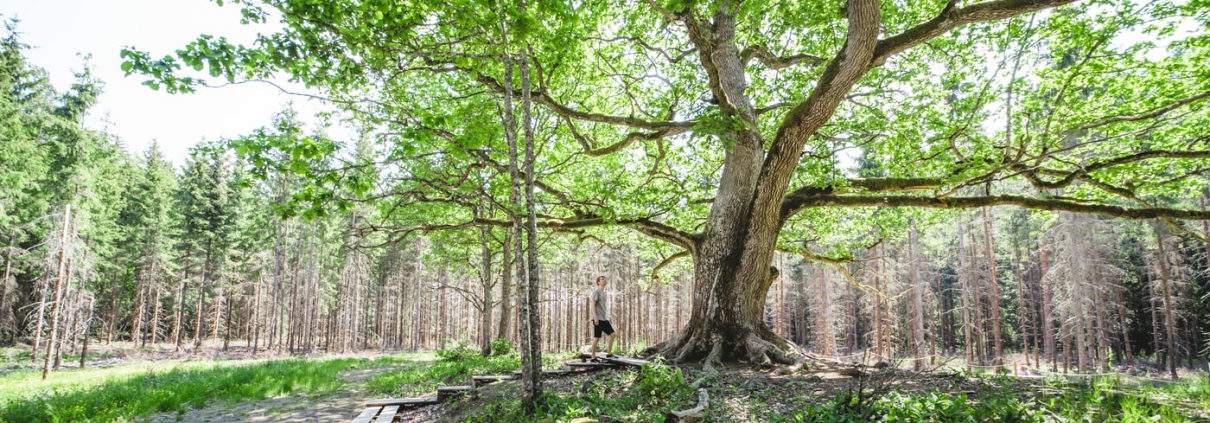



Leave a Reply
Want to join the discussion?Feel free to contribute!